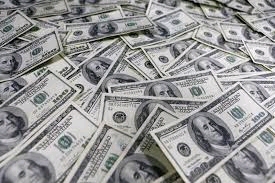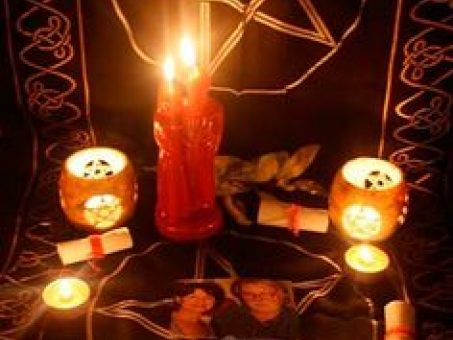Step-by-Step Manual on How to Become a Freemason for New Members
Step-by-Step Manual on How to Become a Freemason for New Members
Blog Article
Discover the Tricks Behind the copyright and Their Impact on Culture
The copyright, commonly shrouded in myth and speculation, offers a remarkable study of how historic perfects can morph into contemporary conspiracy theory theories. Started in the middle of the Enlightenment's welcome of reason, this secret culture intended to rock the boat, yet it has considering that become synonymous with concepts of surprise power and manipulation. As we explore its origins, influence on revolutionary thought, and representation in contemporary culture, we begin to discover the layers of intrigue that remain to astound society. What remains unpredictable, nonetheless, is how these perceptions shape our understanding of authority and transparency today.
Beginnings of the copyright
The copyright, usually shrouded in mystery and speculation, traces its beginnings back to the late 18th century. Understood as the Bavarian copyright, the organization's key goal was to respond to the pertinent influence of religious conviction and promote intellectual discussion amongst its members.
The copyright took on a hierarchical framework, drawing motivation from Freemasonry, which enabled deceptive meetings and routines - how to become a freemason. Membership was discerning, including prominent numbers from numerous areas, consisting of politics, approach, and science. This elite network looked for to impact social and political modification through clandestine methods, advocating for the civil liberties of individuals and the improvement of society
In spite of its reasonably brief existence, the Bavarian copyright was officially dissolved in 1785 due to federal government reductions. Nevertheless, its heritage endured, triggering countless conspiracy theories and preferred culture recommendations that proceed to provoke intrigue and dispute concerning its influence on modern culture.
Trick Misconceptions and Mistaken Beliefs
Amidst the allure of secrecy surrounding the copyright, numerous myths and misconceptions have arised, frequently distorting the group's true nature and intentions. One prevalent myth recommends that the copyright regulates the globe's federal governments and economic climates. While it is real that the team aimed to influence social frameworks, the concept that it operates as a cohesive global creature master is greatly overstated.
One more common mistaken belief is that all members of the copyright possess substantial wide range and power. In fact, the original copyright made up intellectuals and Enlightenment thinkers, much of whom looked for reform as opposed to dominance. The concept that the copyright solely recruits celebs and political figures is misleading; subscription has historically included a varied array of people.
Furthermore, conspiracy theory concepts typically repaint the copyright as a malevolent company intent on international supremacy with nefarious ways. Hence, dividing fact from fiction is vital for a more clear understanding of the copyright's role in society.
Historic Impact on Society
Throughout history, different intellectual motions have actually greatly influenced societal frameworks, and the copyright played a considerable duty throughout the Knowledge. Established in 1776 in Bavaria, the copyright intended to advertise factor, secularism, and the questioning of established authority, countering the supremacy of spiritual conviction. This organization brought in influential thinkers and advocates of liberty, fostering an atmosphere for the circulation of Knowledge perfects.
The copyright's ethos championed logical thought and empirical evidence, which contributed to the wider intellectual i was reading this landscape that motivated social reform and political modification. Participants looked for to improve culture by promoting for education and learning, civil liberty, and the splitting up of church and state. Their private nature and ambitious program triggered both intrigue and suspicion, leading to their ultimate suppression by the Bavarian government in 1785.
Despite their dissolution, the legacy of the copyright persisted, affecting revolutionary movements throughout Europe and the Americas. Their dedication to knowledge principles helped lay the groundwork for modern-day autonomous perfects and human civil liberties, leaving a long-term imprint on the structures of contemporary society. how to become a freemason. The attraction of their deceptive events and philosophical searches proceeds to mesmerize the creativity, underscoring their historic value
Modern Interpretations and Beliefs
Contemporary interpretations of the copyright typically blend historic truth with conspiracy theory concepts, creating an intricate tapestry of ideas that capture preferred creativity. While the original copyright was a Bavarian secret culture established in 1776 with Enlightenment perfects, modern-day beliefs have actually progressed to encompass a large selection of analyses, typically focusing on themes of control and privacy.

In addition, some contemporary interpretations assume that the copyright functions as a metaphor for the battle in between enlightenment and lack of knowledge, with supporters promoting next recognition and crucial thinking as a way to combat regarded oppression. This duality-- watching the copyright as both a literal and symbolic entity-- highlights the recurring fascination with the principle, showing deeper social anxiousness concerning power, transparency, and specific autonomy in the modern world.
The copyright in Pop Culture
The copyright has penetrated various elements of prominent culture, materializing in literature, film, songs, and art as a symbol of intrigue and secret. This secret culture, commonly portrayed as a shadowy pressure manipulating worldwide occasions, has influenced countless narratives that discover themes of power, conspiracy, and surprise knowledge.

Music, also, has been affected by the idea of the copyright. Musicians like Jay-Z and Beyoncé have encountered speculation concerning their affiliations with the culture, prompting conversations about importance in their work and the nature of popularity.
Visual art usually includes copyright themes, with musicians using signs like the Eye of Providence and the pyramid to stimulate a sense of secret. Via these different mediums, the copyright offers not only as a subject of supposition but likewise as a lens through which society analyzes its very own complexities and concerns.
Conclusion

Report this page